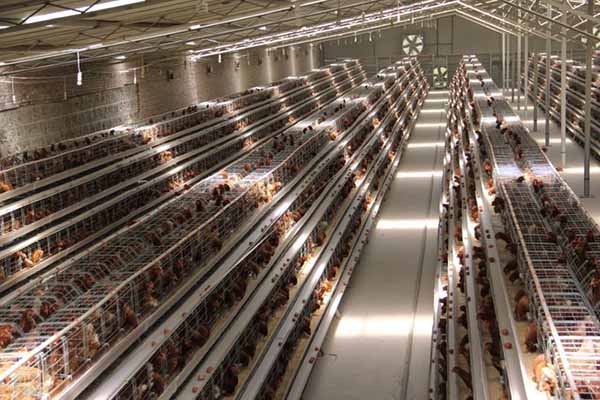Poultry Designs for Layers: Optimizing Chicken Coop Layouts
As a leading supplier of poultry equipment, Livi Machinery understands the importance of efficient and comfortable poultry designs for layers. Whether you’re a seasoned poultry farmer or just starting out, creating an optimal environment for your laying hens is crucial for their health and productivity.
In this article, we’ll explore various poultry designs for layers that can enhance the well-being of your flock and increase egg production. Let’s dive in!
1. Space Utilization
Proper space allocation is key to ensuring your laying hens have enough room to move around. A general guideline is to provide each hen with about 2-3 square feet of space in the coop. This allows them to roost comfortably, nest, and engage in natural behaviors without feeling cramped.
Layer Coop Dimensions
– Length: Aim for a coop length of at least 8 feet to accommodate a flock of 20-30 hens.
– Width: The width should be enough to provide the aforementioned space per hen.
– Height: A minimum height of 6-7 feet is recommended for ample headroom and easy access.
2. Nesting Boxes
Nesting boxes are essential for encouraging hens to lay their eggs in a designated area. Here are some design tips:
– Number: Provide one nesting box for every 4-5 hens.
– Location: Place nesting boxes at the back of the coop, elevated from the ground, and away from direct sunlight.
– Size: Nesting boxes should be around 12x12x14 inches to accommodate the hen and her egg.
3. Ventilation and Temperature Control
Good ventilation is crucial for maintaining a healthy environment within the coop. Here are some ventilation considerations:
– Airflow: Ensure there is enough air exchange to keep the coop temperature stable, typically between 70-75°F.
– Windows: Install windows or vents on the sides and roof of the coop for natural air circulation.
– Insulation: Use insulation materials to maintain a comfortable temperature during extreme weather conditions.
4. Roosting Areas
Roosting bars should be positioned at a height that encourages hens to roost naturally without stress. Here are some recommendations:
– Height: Roosting bars should be about 3-4 feet above the ground.
– Material: Choose smooth, non-slip materials to prevent injury to the hens’ feet.
– Number: Provide one roosting bar for every 2-3 hens.
5. Feeding and Watering Systems
Efficient feeding and watering systems are essential for maintaining a healthy flock. Consider the following:
– Feeders: Place feeders at a height that allows hens to reach them without straining.
– Waterers: Ensure waterers are easy to access and have a constant supply of clean water.
– Automated Systems: Consider automated feeding and watering systems for convenience and consistency.
Conclusion
By implementing these poultry designs for layers, you can create an ideal environment for your hens, leading to increased egg production and overall flock health. At Livi Machinery, we offer a range of high-quality poultry equipment and services to help you achieve your farming goals.
For more information or to discuss your specific needs, please don’t hesitate to contact us. We’re here to help you optimize your poultry operation.

